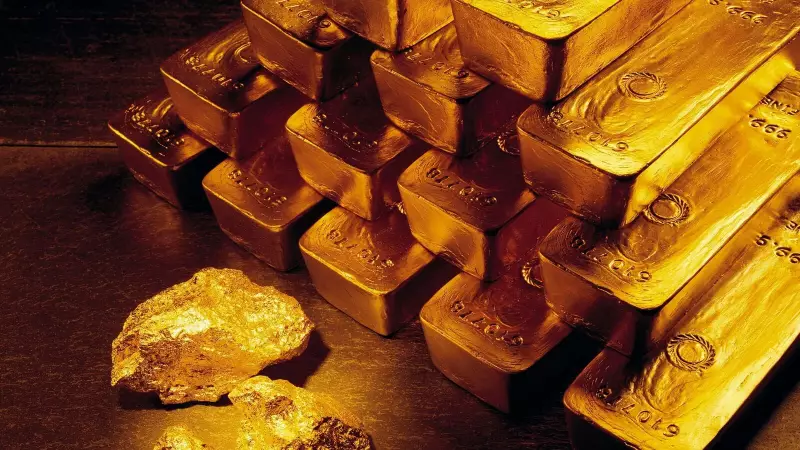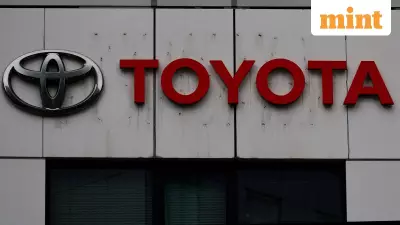
Gold ETFs Cross Historic ₹1 Lakh Crore Milestone
Indian investors have demonstrated unwavering confidence in gold exchange-traded funds (ETFs), driving average assets under management past the significant ₹1 lakh crore mark in October. This achievement marks the third consecutive month of substantial inflows into gold-focused investment vehicles, reflecting a strategic shift in portfolio allocation among domestic investors.
According to the latest data from the Association of Mutual Funds in India (Amfi), the gold ETF segment has witnessed an impressive acceleration in net inflows. The trend began with ₹2,189.51 crore in August, surged to a record-breaking ₹8,363.13 crore in September, and maintained strong momentum with ₹7,743 crore in October, ultimately pushing the total corpus beyond the psychological ₹1 lakh crore threshold.
Multi-Asset Funds Also Gain Traction
The renewed investor interest in gold extends beyond pure gold ETFs. Multi-asset funds, which typically maintain some exposure to the yellow metal, have also experienced sustained inflows exceeding ₹5,000 crore. This represents a significant increase from approximately ₹2,000 crore recorded just six months ago, indicating a broader trend toward diversified asset allocation.
Akhil Chaturvedi, Executive Director and Chief Business Officer at Motilal Oswal Asset Management Company, observed that this allocation pattern aligns with performance trends. "Unsurprisingly, both gold and silver have outperformed Indian equities over the past year, so the shift in allocation patterns is broadly in line with expectations," he noted.
The massive inflows have positioned gold as a leader within the passive investing space, signaling a maturing of investor behavior. Karthick Jonagadla, Founder and CEO of Quantace Research, interpreted this trend as investors "layering insurance rather than abandoning equity beta." He emphasized that September's AUM mathematics already indicated a sharp step-up in gold ETF assets, establishing the foundation for October's milestone achievement.
Safe Haven Appeal Drives Investments Despite Volatility
The sustained buying in gold ETFs has persisted despite high prices and significant volatility in the precious metals market. Investors continue to allocate to gold not only because of its impressive 55% price rise this year but also due to its enduring appeal as a safe haven and effective portfolio diversifier.
Nehal Meshram, Senior Analyst at Morningstar Investment Research India, highlighted several factors contributing to gold's attractiveness. "Lingering geopolitical risks, global market volatility, and uncertainty around the interest-rate trajectory of major central banks have made gold lucrative," she explained.
Jonagadla added that continuing ETF additions internationally and macroeconomic uncertainty have kept the global hedge bid intact, thereby reinforcing domestic flows into gold investment products.
From Tactical Bet to Core Allocation?
While global gold prices remained range-bound through October, domestic investors maintained their allocations, viewing the precious metal as an effective hedge against both inflation and currency fluctuations.
Meshram further elaborated that "the consistent inflows also suggest that investors are using gold tactically to preserve wealth and diversify exposure, particularly as global bond yields remain elevated and equity markets fluctuate."
Jonagadla advised investors to monitor two key factors to determine whether gold is being used as a core investment or a tactical bet. First, if gold prices continue rising while money keeps flowing into ETFs, this indicates that both demand and price momentum are reinforcing each other. Second, if gold's share of passive flows remains materially above trend, this could signal long-term investor allocation.
"Both would confirm that the current regime is additive (price + flow), not a zero-sum rotation," he concluded.
With elevated, repeated inflows, a rising share within passive investments, and a corpus exceeding ₹1 trillion, gold ETFs in India appear firmly embedded as a strategic component in diversified portfolios, representing a significant evolution in the country's investment landscape.





